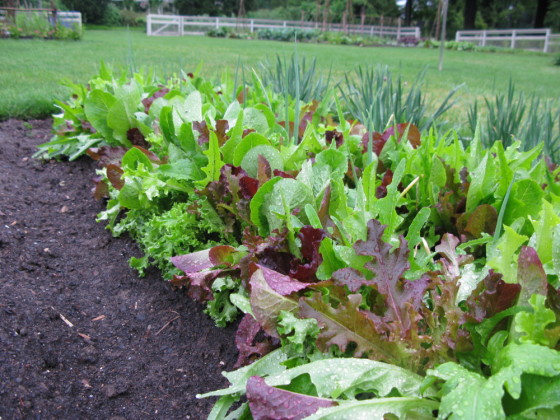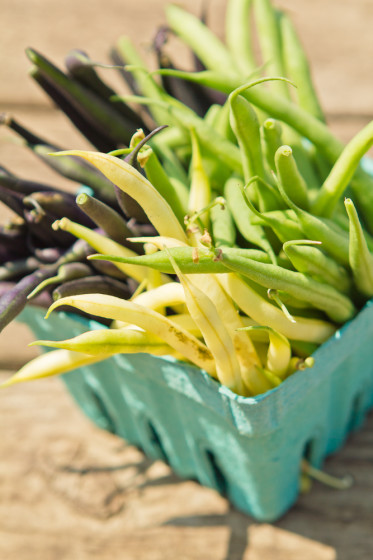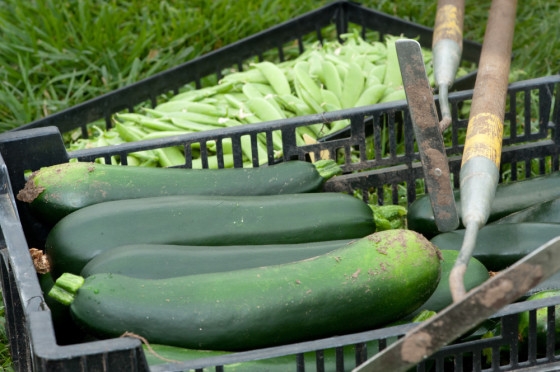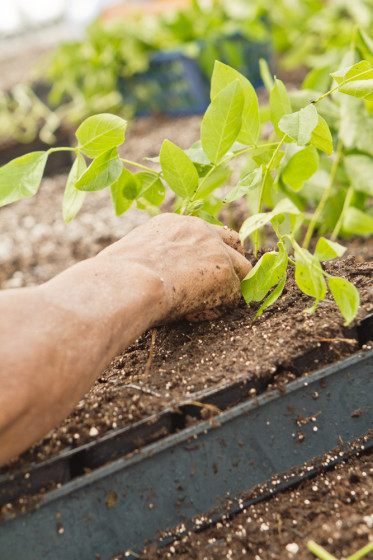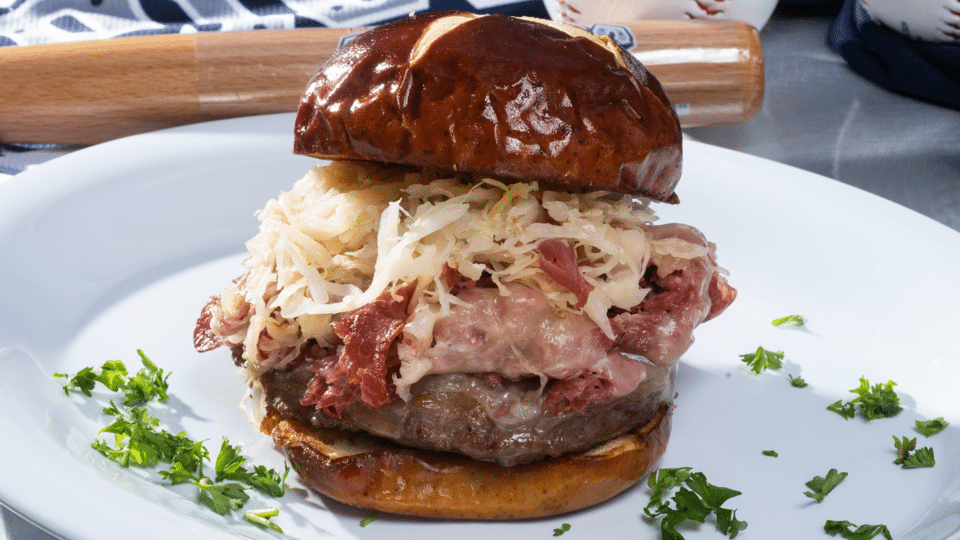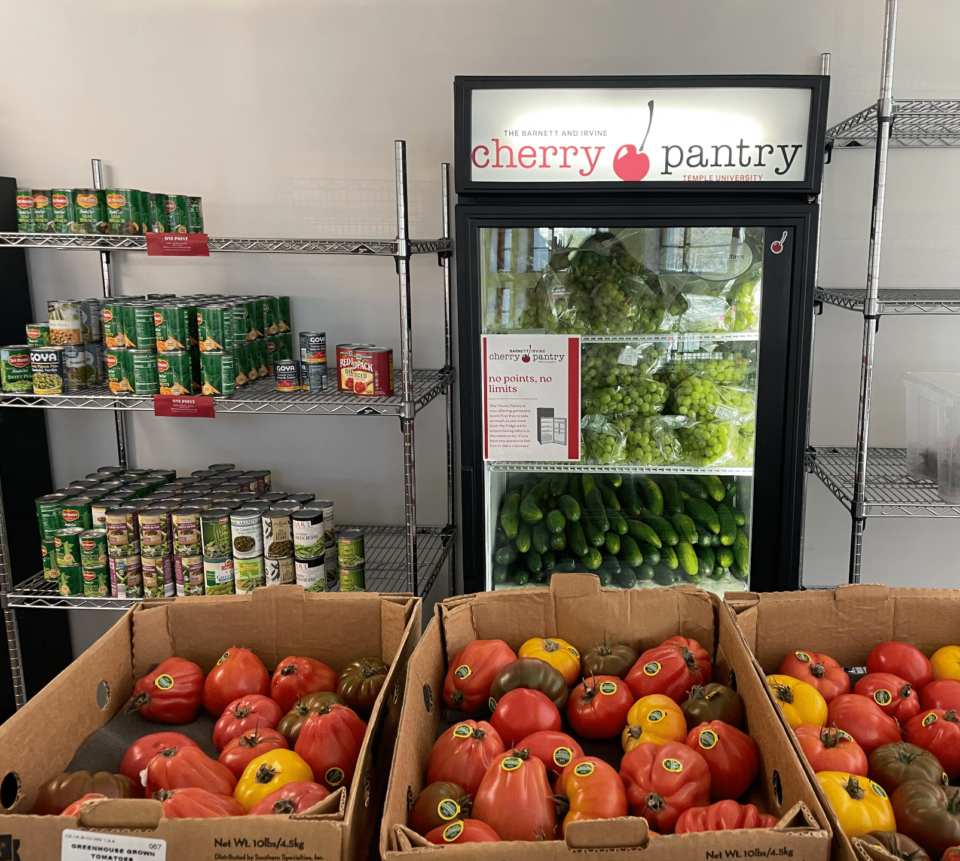There’s nothing like biting into a vegetable picked at the height of the season, that is, until you’ve planted and harvested that vegetable yourself. Gardening has plenty of benefits besides a daily dose of nutrition: it’s a source of physical activity, relaxation, stress reduction and satisfaction; it encourages kids to try new fruits and vegetables and saves you money while stimulating the local economy.
Harold Taylor has spent more than 30 years at Longwood Gardens, and is their Section Gardener for the Idea Garden, where he specifically works with vegetables, herbs, fruits and the Compost-Demonstration site. Longwood’s garden guru recently chatted with PA Eats about how to grow your very own green thumb.
The Perfect Space
Much like your own search for the perfect pad, plants have their own ideal living conditions. Vegetables won’t grow without adequate light. The majority of vegetables require eight or more hours of direct sunlight, while leaf crops like spinach, lettuce and parsley only require six.
Vegetables need plenty of space to grow—it doesn’t matter if that is in containers, on your deck, in your backyard or in a raised bed. The most common mistake of container gardening is choosing a pot that is too small. Containers should be of adequate size for the crop you plan to grow. I like large containers, 12 or 16 inches deep by 20 inches wide, as these will be large enough for a wide variety of crops and help to reduce the frequency of watering on hot days.
When it comes to a backyard garden, pick a spot that is well-drained and avoid areas where large puddles remain even days after a heavy rain. To ensure your soil is suitable for years of gardening, test the soil’s nutrient and ph levels with a soil test from your state university. Organic matter like compost, manure or peat moss improves the structure and nutrient levels of any soil.
Lastly, your garden should be in a convenient location for you with a nearby water source.
Do Your Homework
When growing vegetables, more planning means more success. Before you dig, Taylor recommends visiting your state university’s website, local County Extension Service, Cornell University’s Cooperative Extension and good seed catalogs like Burpees and Johnny’s Selected Seed Catalog to get a full understanding of the crops you want to grow. You’ll want to research the following for each crop:
- The Harvest Date—Each seed packet will show the amount of days it takes the seed to harvest from when it was planted. You don’t want your only batch of strawberries to be ready during your annual beach trip.
- The Crop’s Return—Corn doesn’t make sense for a backyard garden: one seed produces one ear of corn and takes a lot of water and space in the process. Whereas, one tomato or cucumber plant continues to produce vegetables throughout the summer.
- Growing Requirements—Each plant is different. With direct-sown plants like carrots or beans, a seed is planted right in the ground. Peppers and eggplants are transplanted crops that come from small plants. Some plants need to be planted in a row, while some sprawl to six or more feet. Some plants need support systems, like cages for holding up tomatoes, or poles for vines of snap peas.
- Pests and Pest Management—Learn about the types of pests that your crops could attract. Pick plants that don’t require chemicals to manage pests. Pests can be a product of improper growing conditions, like not enough sunlight, water or growing off-season.
- Succession Planting—After the cool-season crops have been harvested and removed, their space can be used for vegetables that can be picked later in the summer or fall.
- Map It Out—Before you dig in, Taylor suggests planning out your growing season by drawing out a diagram of your garden.
Timing is Everything
Vegetables fall into two categories: cool-season vegetables will still germinate in cold soil and can be planted before the last frost date, while warm season crops need temperatures above 50 degrees. Cool-season crops can be planted as soon as the soil can be worked or is dry enough to be made into a ball when picked up and crumbles when squeezed.
Although Longwood has target dates for all of their crops, their planting schedule revolves around the weather forecast. To keep track of Longwood’s crops, Taylor keeps an excel sheet that can be sorted by crop, sow date, whether the plant was direct sown or transplanted, anticipated harvest date and seed companies.
Start Small
“I always tell people to start small. Do some planning and build on your successes. Try some things this year and see how it goes,” said Taylor. “It’s not necessary to buy gardening shoes, a gardening hat, a big expensive rototiller and all the little gadgets. That stuff won’t make you a better vegetable gardener. You only need a few good tools and to have an understanding about planting and taking care of the crop,” finished Taylor.
Find Longwood Gardens at 1001 Longwood Rd. in Kennett Square; phone: (610) 388-1000.
